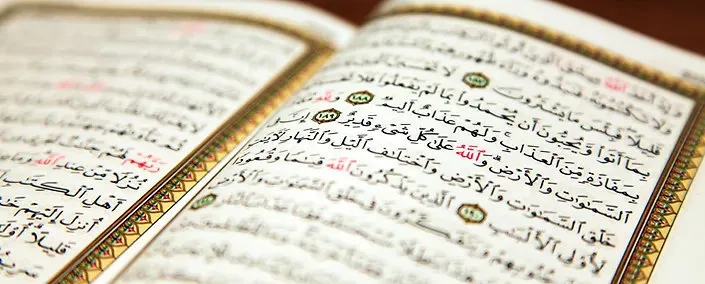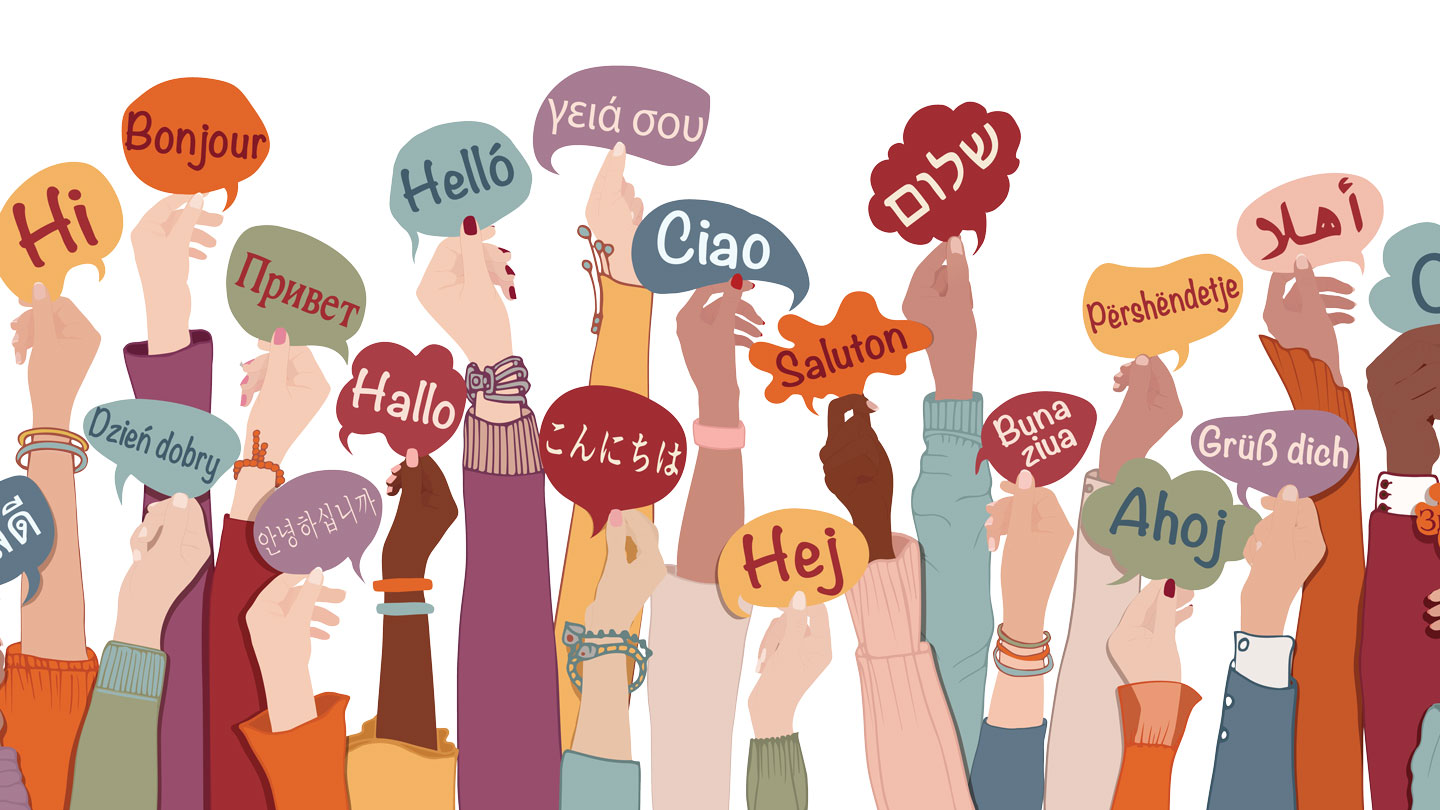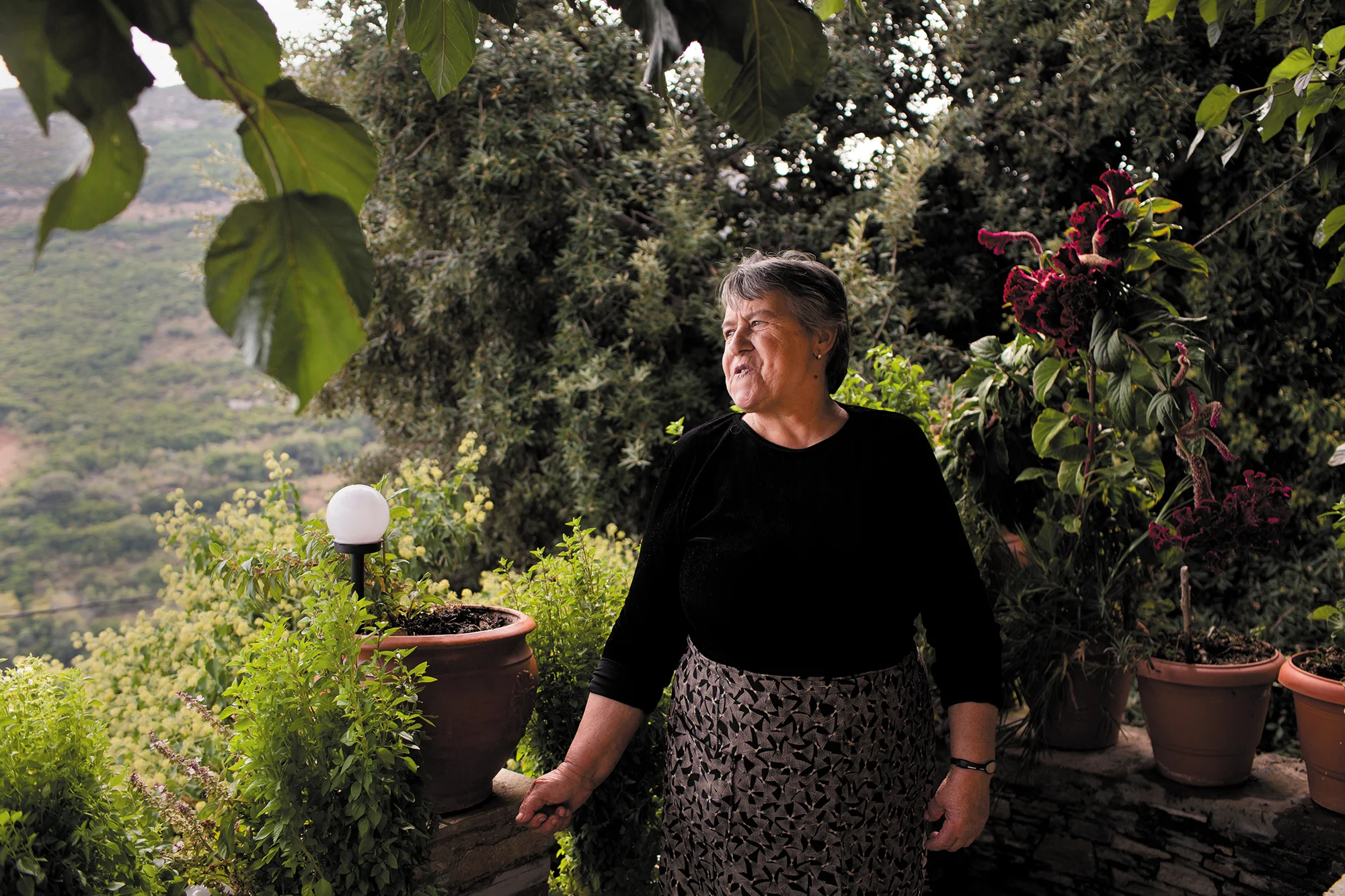solsticeuniversity.com – Arabic is one of the world’s most widely spoken languages, with deep historical, cultural, and religious significance. As the official language of more than 25 countries and the liturgical language of Islam, Arabic plays a crucial role in global communication, diplomacy, and literature. This article explores the history, structure, and importance of the Arabic language.
1. The History and Evolution of Arabic
Arabic belongs to the Semitic language family, which also includes Hebrew and Amharic. It has evolved over centuries and can be categorized into three main forms:
A. Classical Arabic
- The language of the Quran and early Arabic literature.
- Used in religious texts, poetry, and historical writings.
- Rich in vocabulary and complex grammatical structures.
B. Modern Standard Arabic (MSA)
- A simplified version of Classical Arabic used in media, literature, and formal communication.
- The official language in government, education, and news broadcasts.
- Universally understood by Arabic speakers despite regional dialect differences.
C. Arabic Dialects
- Each region has its own dialect, often significantly different from MSA.
- Some major dialects include:
- Egyptian Arabic – Widely understood due to Egypt’s influence in media.
- Levantine Arabic (spoken in Lebanon, Syria, Jordan, and Palestine).
- Gulf Arabic (spoken in Saudi Arabia, UAE, Kuwait, and surrounding areas).
- Maghrebi Arabic (spoken in Morocco, Algeria, Tunisia, Libya, and Mauritania).
2. The Structure of the Arabic Language
Arabic is known for its unique linguistic features, including its writing system, root-based vocabulary, and grammatical complexity.
A. Arabic Script and Writing System
- Written from right to left.
- Contains 28 letters, with different forms depending on their position in a word.
- Uses diacritical marks (harakat) to indicate short vowels, which are mostly omitted in everyday writing.
B. Root System and Word Formation
- Words are derived from three-letter roots that convey a general meaning.
- Example: The root k-t-b (كتب) relates to writing, forming words like:
- Kitāb (كتاب) – book
- Maktab (مكتب) – office
- Kātib (كاتب) – writer
C. Grammar and Sentence Structure
- Arabic follows a Verb-Subject-Object (VSO) structure but can also use Subject-Verb-Object (SVO).
- Nouns are gendered (masculine or feminine).
- Uses a system of case markings (nominative, accusative, and genitive) in formal writing.
3. The Importance of Arabic
A. Arabic as a Global Language
- Spoken by over 400 million people worldwide.
- One of the six official languages of the United Nations (UN).
B. Arabic in Religion and Culture
- The language of the Quran, making it sacred to Muslims worldwide.
- A key language in Islamic scholarship, philosophy, and literature.
C. Arabic in Business and Diplomacy
- The Middle East and North Africa (MENA) region is a major hub for trade and energy resources.
- Learning Arabic is valuable for international business, diplomacy, and global relations.
Conclusion
Arabic is a language of rich history, intricate structure, and global significance. Whether for religious study, cultural appreciation, or business, understanding Arabic opens doors to a vast world of knowledge and communication. With its deep linguistic roots and influence, Arabic remains one of the most important languages in the modern world.




